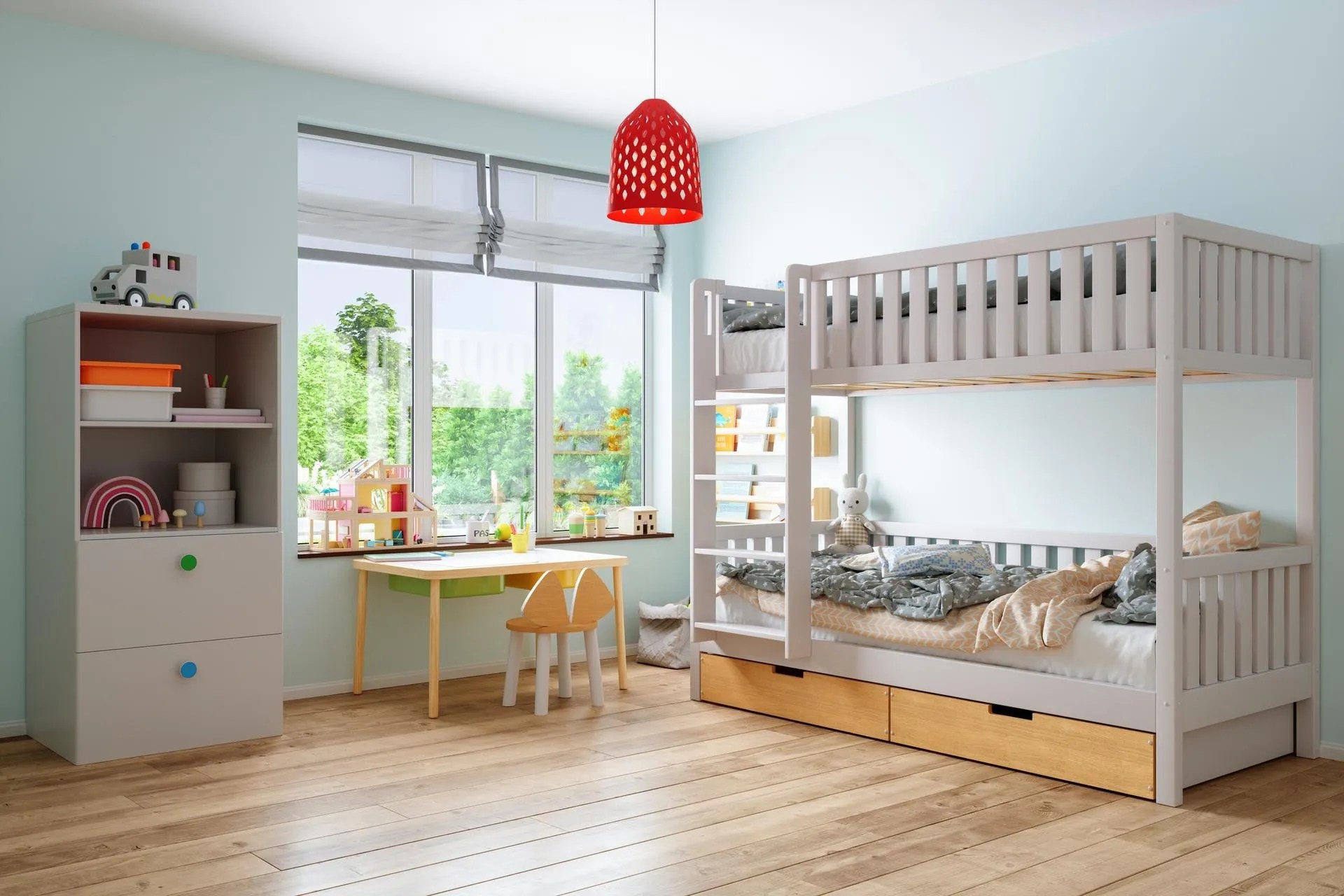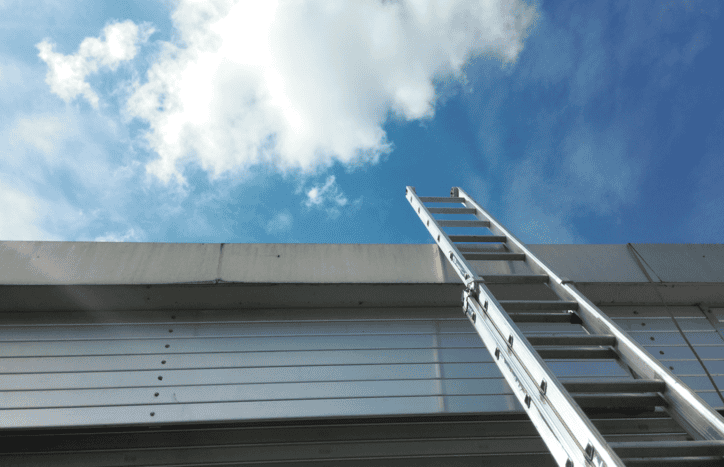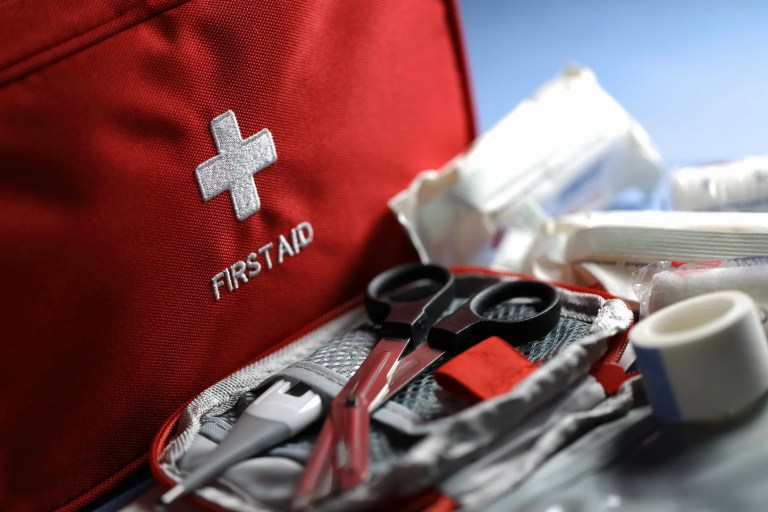ASTM F1427-21e1: Bunk Beds

The Ancient Egyptians invented the concept of a bunk bed (a raised bed) roughly around 3,000 BCE. They made a bed frame out of wood and then stuffed the frame with cotton and feathers. These beds were originally intended only for the noble and elite of society like Pharaohs. While bunk beds were once exclusive, they are now widely used across the world as a household necessity especially for kids and tweens. ASTM F1427-21e1 Standard Consumer Safety Specification For Bunk Beds details safety requirements for bunk beds.
What Is a Bunk Bed?
ASTM F1427-21e1 defines a bunk bed as any structure that includes at least one sleeping surface in which the underside of any of its foundations is over 30 in. (762 mm) from the floor. Basically, they are pieces of furniture consisting of two beds, one above the other, that together form a unit. They were designed with the intent to save space and to be used for sleeping and storage. Historically, given that the lower bunks were closer to the fire, the lower bunks were used for sleeping, and the upper bunks were used for storage in the winter. In the summer, both the top and bottom bunks could be used for sleeping.
The ASTM F1427-21e1 Standard for Bunk Beds
ASTM F1427-21e1 establishes minimum requirements for the design and performance of bunk beds. It also contains requirements for labeling and instructional material. This consumer safety specification exists in response to bunk-bed related injuries in the late 20th century that were largely from falling, jumping, and bumping into bunk-beds:
- In 1989, about 34,000 bunk-bed related injuries were treated in U.S. hospital emergency rooms, about three fourths of those injured were under the age of 15.
- From 1973 through November 1990, CPSC also received reports of 83 deaths of children less than 15 years of age involving bunk beds.
ASTM F1427-21e1 functions to minimize accidents to children resulting from normal use and reasonably foreseeable misuse or abuse of bunk beds.
It is important to note that the scope of this standard does not address bunk beds for institutional use, such as in prisons, military facilities, and dormitories.
How did Bunk Beds Become Popular?
Bunk beds became popular in the 19th century, and they were frequently used in military barracks, jails, and in forms of transportation like trains and ships. During the 1980s and 1990s, bunk beds were featured on a lot of movies and popular television shows, such as The Brady Bunch and Diff’rent Strokes. This largely contributed to the popularity of bunkbeds in residential homes in the middle of the 20th century as bunk beds were depicted as the go-to, cool, and trendy bed of choice for kids, which is still true today.
ASTM F1427-21e1 Standard Consumer Safety Specification For Bunk Beds is available on the ANSI Webstore.






